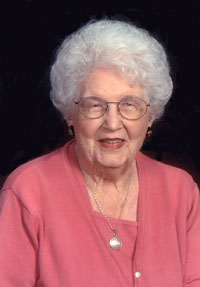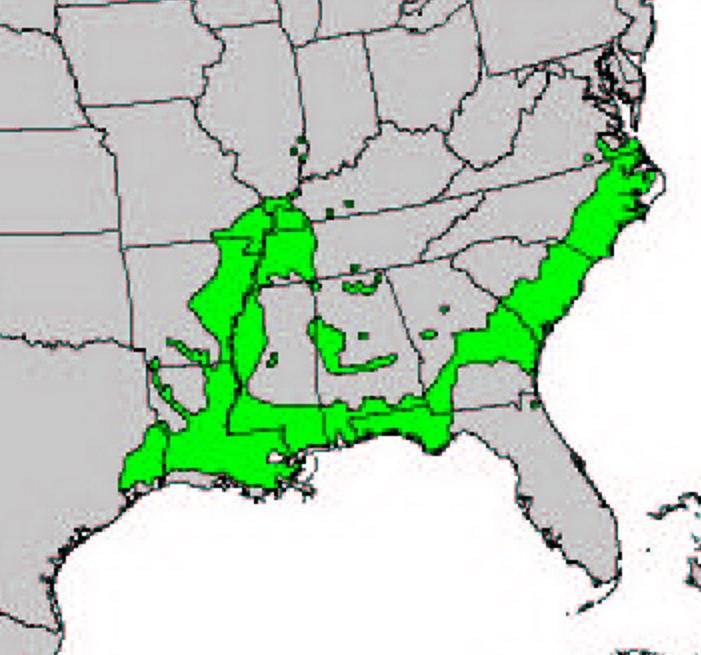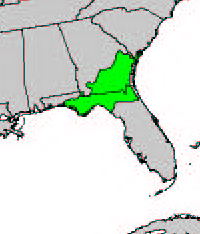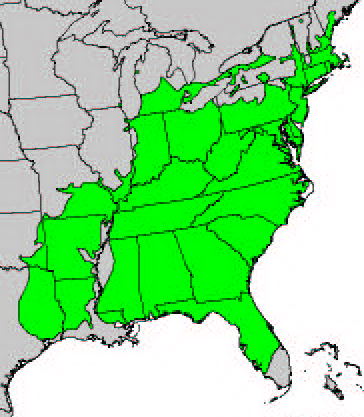|
Regional History History of Timbering County Histories Oral Histories Calhoun County Gulf County Jackson County Wakulla County Mary Butera Betty Green Homer Harvey Eloise Strickland Emmett Whaley |
History: Voices from Wakulla County:
Eloise Strickland
 Eloise Strickland |
Eloise Strickland was born in Chattanooga, Tennessee, September 30, 1912. She moved with her family to Sopchoppy as a young girl when her father became the only physician in the area. She was in the second graduating class of Sopchoppy High School and then helped to get the facility accredited by raising funds for a school library.
Eloise met her future husband-George Strickland-when she was only sixteen or seventeen years old. George's father was part of the first generation of beekeepers and honey producers in Wakulla County.
Listen to Eloise Strickland's description of how she and her husband got into beekeeping: Real Network | Windows Media Player
George eventually took over his father's business and bought about 200 acres of land, with all but 40 acres being purchased from B.K. Roberts.
Beekeeping was (and still is) a seasonal job. In the spring, George would collect new swarms from surrounding trees. Honey extraction took place in the late spring or early summer months in barns or small buildings that housed centrifugal machines that could funnel the honey into barrels.
When Mrs. Strickland was asked about her participation in the beekeeping business, she claims her involvement was mostly as a spectator.
Listen to Eloise Strickland's description of her role in her husband's beekeeping business: Real Network | Windows Media Player
In the fall, the Italian bee stock was moved closer to Tallahassee so the bees could make their own honey from the partridge pea plant, which Eloise Strickland called a “little weed that grows in the field.” The best honey—the commercially sold honey—was primarily from tupelo trees. Beekeepers sometimes rented land from the government in order to place the bees near the best trees.
Listen to Eloise Strickland describe the types of local honey: Real Network | Windows Media Player
Part of the reason that this region is famous for its tupelo honey is that the ARROW region eastward to southeastern Georgia is the only area of the U.S. with three species of tupelo trees.
 Distribution of water tupelo. Credit: U.S. Geological Survey, 1999, Digital representation of "Atlas of United States Tree" by Elbert L. Little, Jr. |
 Distribution of Ogeechee tupelo. Credit: U.S. Geological Survey, 1999, Digital representation of "Atlas of United States Tree" by Elbert L. Little, Jr. |
 Distribution of black tupelo. Credit: U.S. Geological Survey, 1999, Digital representation of "Atlas of United States Tree" by Elbert L. Little, Jr. |
Eloise's brother, Bernie Kemp, was part of the family business. Bernie had to replace the queen bee annually if she was not producing enough worker bees. He also had to deal with bee diseases and treatments.
Listen to Bernie Kemp describe American foul brood disease: Real Network | Windows Media Player
Both Eloise and Bernie recall the biggest threat to bee keeping as the local bear population. Beekeepers simply shot the bears when they interfered with honey production until state and federal laws demanded new methods of distraction.
Listen to Eloise Strickland describe the black bear problem: Real Network | Windows Media Player
Electric fences helped dissuade some bears, but the addition of snares was necessary for most honey farms. Bears were snared by the paws and suspended airborne until they could be tranquilized and transported elsewhere. A captured bear was once held in the old Sopchoppy jail. A citizen tried to keep the bear in one of the cells as a pet, but eventually the Jacksonville Zoo came to pick up the animal.
profile by Rebecca L. Roberts
Note: The content of the website has not been updated since 2005. The site remains online for it's value as legacy content and is unlikely to be updated.